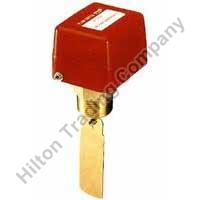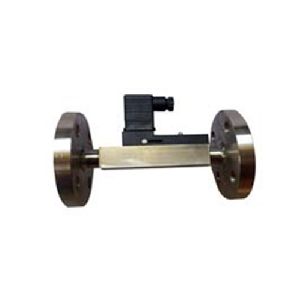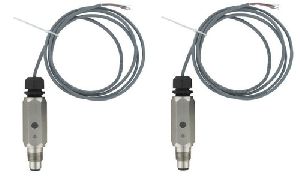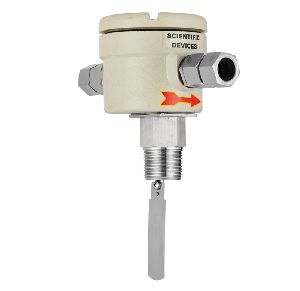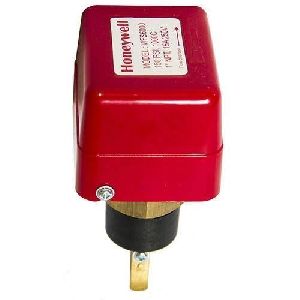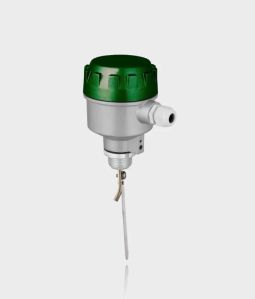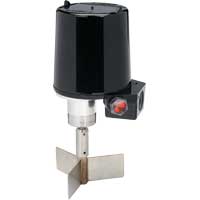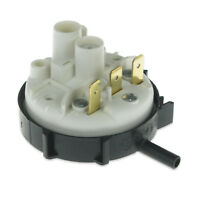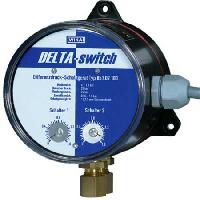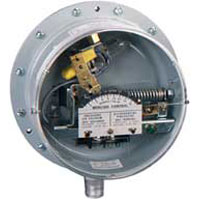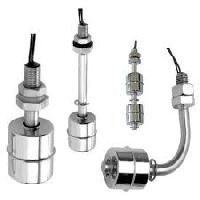Listing ID #86685
Company Information
Ask for more detail from the seller
Contact SupplierFlow switches, also known as flow sensors or flow indicators, are devices used to monitor and signal the presence, absence, or rate of fluid flow within a pipe or duct. They play a crucial role in various industrial process control and fluid handling applications. Here's a breakdown of typical specifications to consider when selecting a flow switch:
General Specifications:
· Switch Type: Flow switches come in various designs, each with its own operating principle:
o Paddle Flow Switches: These utilize a hinged paddle or flapper within the flow stream. When flow reaches a certain velocity, the paddle deflects, triggering a micro switch. They are suitable for basic on/off flow indication.
o Positive Displacement Flow Switches: These have a rotor or disc that rotates due to flow. As the rotor/disc completes a specific number of rotations, a switch is activated. They offer good repeatability for flow rate monitoring.
o Thermal Flow Switches: These measure the temperature difference between a heated element and the flowing fluid. A change in flow rate affects the temperature difference, triggering the switch. They are well-suited for low flow applications.
o Vortex Flow Switches: These create vortices (swirling patterns) in the flow stream. The frequency of vortex shedding is proportional to the flow rate, allowing for flow rate monitoring and switching.
· Pipe Size: The diameter of the pipe the flow switch is designed for (e.g., 1/2 inch, 2 inch, etc.). Ensure it matches your pipeline diameter.
Performance Specifications:
· Set Point (Adjustable or Fixed): This defines the flow rate at which the switch activates (on point) or deactivates (off point). Some models allow for set point adjustment, while others have fixed settings.
· Flow Rate Range: The range of flow rates the switch can operate within. Choose a switch with a range that covers your desired flow activation/deactivation points.
· Deadband (Optional): The difference between the flow rate at which the switch activates (on point) and the flow rate at which it deactivates (off point). A higher deadband helps prevent rapid switching due to minor flow fluctuations.
· Repeatability: The ability of the switch to consistently activate/deactivate at the set point for the same flow rate. High repeatability is desirable for reliable operation.
· Pressure Rating: The maximum pressure the switch can withstand without failure. Ensure it meets the operating pressure in your system.
· Temperature Rating: The range of temperatures the switch can function within without compromising performance. Consider both ambient and fluid temperatures.
Material Specifications:
· Body Material: The material of the flow switch body, chosen for compatibility with the fluid type, pressure rating, and potential corrosion resistance. Common materials include stainless steel, brass, PVC, etc.
· Wetted Materials: The materials of parts coming into contact with the fluid, critical for compatibility to avoid wear, degradation, or contamination.
Electrical Specifications:
· Switching Mechanism: Specify the type of switching mechanism employed (e.g., micro switch, reed switch).
· Output Signal: The electrical signal generated by the switch upon activation/deactivation. Common options include:
o SPST (Single Pole Single Throw): Opens or closes a single circuit path.
o SPDT (Single Pole Double Throw): Switches the connection between two different circuits.
Additional Features:
· Time Delay (Optional): A user-adjustable delay in switch activation/deactivation to prevent false triggering due to momentary flow fluctuations.
· Low Flow Cut-off (Optional): A feature that ignores very low flow rates that might be caused by noise or measurement errors.
· Alarm Output (Optional): Some models provide an additional output for connecting alarms or indicating switch status.
Factors to Consider When Selecting a Flow Switch:
· Application Requirements: Identify whether you need a simple on/off flow indication or flow rate monitoring.
· Pipe Size: Choose a switch designed for the diameter of your pipeline.
· Fluid Type: Consider the fluid's compatibility with the switch's materials to avoid corrosion or functionality issues.
· Flow Rate Set Point: Select a switch with a set point (adjustable or fixed) that aligns with your desired flow activation/deactivation point.
· Pressure and Temperature Rating: Choose a switch with pressure and temperature ratings exceeding your operating conditions.
· Electrical Specifications: Ensure the switch's output signal is compatible with your control system.
· Additional Features: Consider optional features like time delay, low flow cut-off, or alarm output based on your specific needs.


